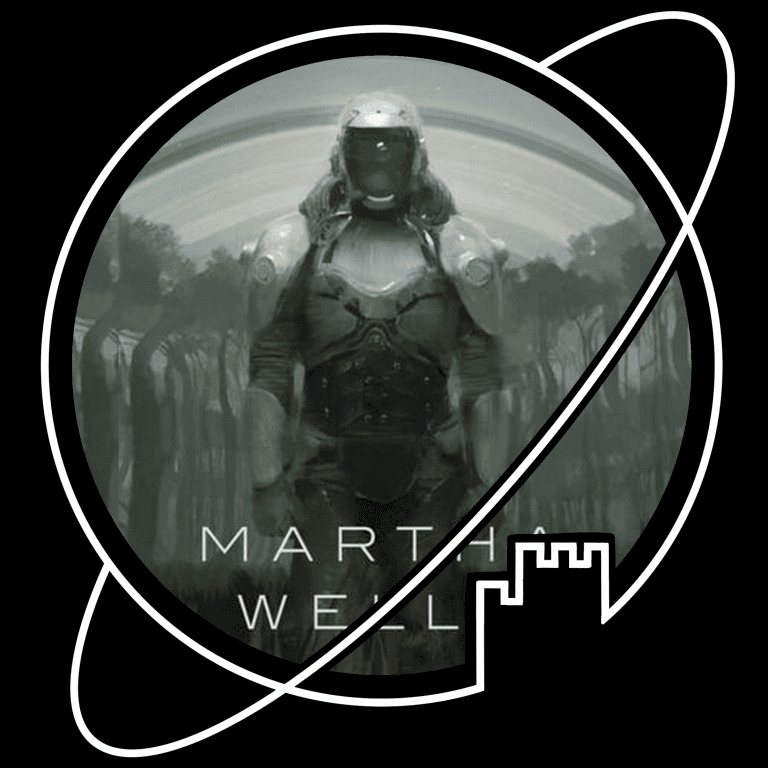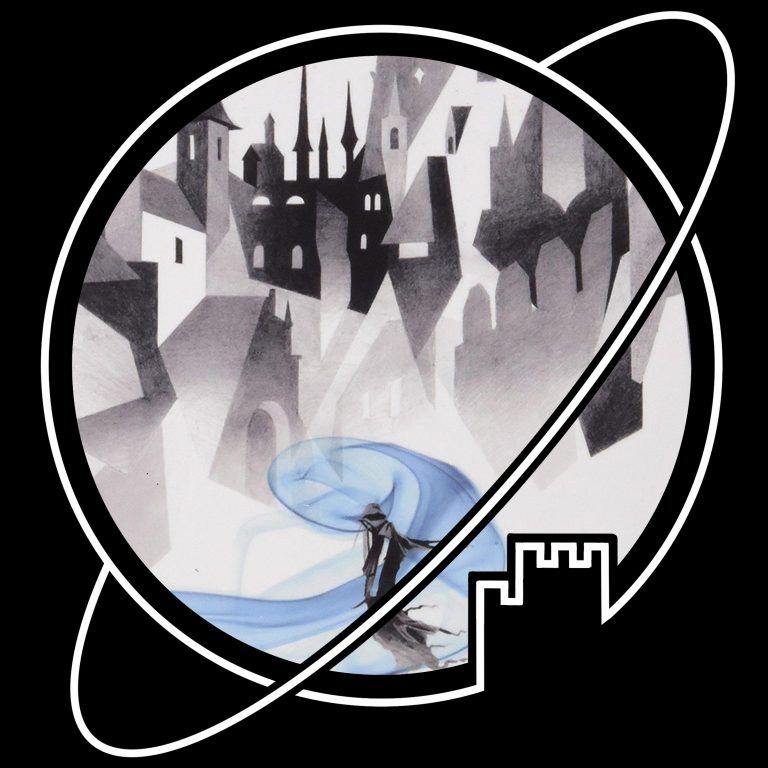- Book written by C. Robert Cargill
- Published 5 September 2017
- Standalone
In a post-apocalyptic world where humans have been exterminated by their own creations and enormous AI mainframes battle for dominance, Brittle is a scavenger robot wandering the Sea of Rust on the edges of robot society, looking for derelict robots to loot for parts. When she gets damaged herself and needs rare parts to repair her own body, the stakes are raised to a new level.


Listened to the audiobook with Eva Kaminsky. She wasn’t the reason I disliked this book.
This book is what happens when you let the algorithm decide for you what to listen to. I finished one book, didn’t feel like doing research and just tapped the ‘recommended for you’ title because it had a nice looking cover. Aaaaand… it was a disappointment.
My main problem is that this book is about 50% pure action sequences, written out in painstaking trigger-pull-by-trigger-pull detail. In that, it reminded me a bit of Brandon Sanderson (and I realise some people love that kind of text, it is just not for me). Maybe if you’re reading on paper, you can just skip across some of these sections, but especially when listening I just tended to trail off.
At one point, I thought to myself that the book read almost like a shot-by-shot action movie script, and, after some googling, I found out the Robert Cargill is actually better known as a screenwriter than as a novelist, and it all started to make sense: this is a book with the depth and pacing of an action movie.
There is some worldbuilding to set up the apocalypse that resulted in the wasteland that the story takes place in, but it is perfunctory and not particularly original. What is more, it is spaced out over flashbacks between chapters, so that it takes about half the book to complete. This is no different from the worldbuilding regarding the post-apocalyptic world itself, which is meted out in small snippets on a strictly need-to-know basis, often a paragraph or two before said story element becomes plot relevant.
The overarching story is never clear from the start but evolves as the characters meet whatever challenge pops up next, and is eclipsed by – not necessarily poorly written but rather predictable – character moments. This book expects very little from the reader in terms of memory or deduction and just serves up everything that is relevant (and nothing more), at the moment it becomes relevant.
This focus on visuals and individual scenes comes at the price of interesting science fiction. Sea of Rust is about robots, but it could just as well have been about humans. In typical Hollywood fashion, Robert Cargill makes no effort (or, intentionally doesn’t want to) to emotionally differentiate his robots from relatable humans.
As a result, Sea of Rust is an action-packed featherlight read that I am sure some people will appreciate for what it is, but it is not for me. I suspect this story would – perhaps unsurprisingly – come unto its own better as a 90-minute action movie than a 10 hour book.
For people looking for action-packed novels, I would rather recommend Sanderson over Sea of Rust because I found him a lot more original. If you want to stick with sci-fi, there is the Murderbot Diaries, which are also light reads but actually incorporate interesting sci-fi elements in the way AIs interact with eachother. And if the post-apocalyptic-robots-inherit-the-earth setting is to your liking, try one of my favourite games, Primordia.








